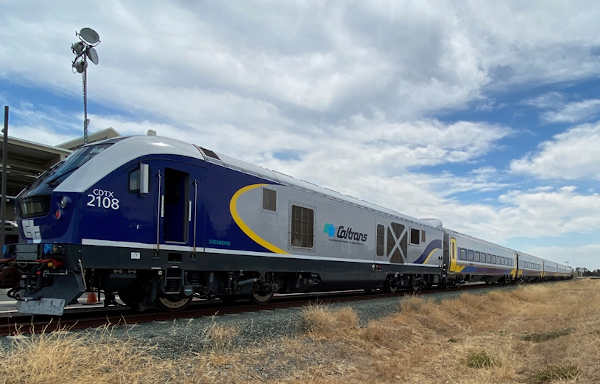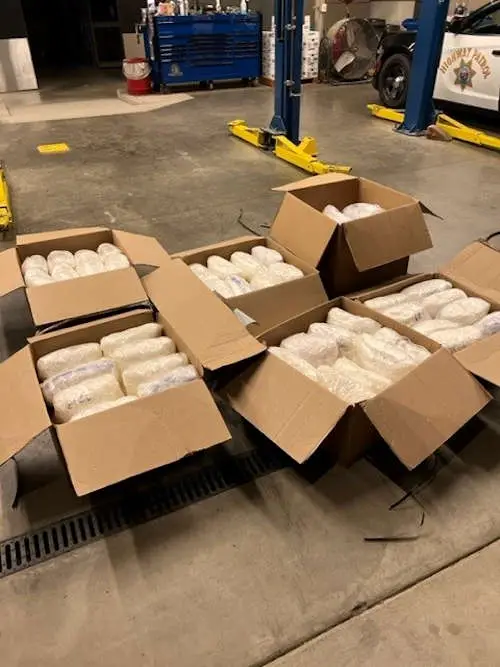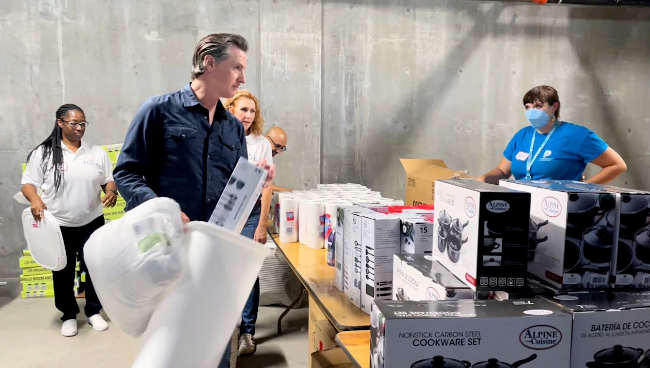- Caltrans
- Posted On
All aboard: Caltrans has new passenger trains

Rail passengers in Northern California and the Central Valley will start enjoying a more comfortable and modern ride after Caltrans accepted into its fleet the first of seven Siemens Mobility single-level intercity trainsets at the San Joaquin Regional Rail Commission facility in Stockton.
“With train ridership recovering from the pandemic drop, these new trainsets will provide Californians with enhanced comfort and convenience as they move around the state,” said Caltrans Director Tony Tavares.
The new trainsets will operate on the San Joaquin rail corridor between Sacramento/Oakland and Bakersfield, connecting riders to jobs, education and leisure along the way.
Passengers can expect spacious and modern interiors with amenities that include enhanced onboard Wi-Fi with power and USB ports at all seats as well as enlarged windows.
The passenger cars also feature wider aisles and more comfortable seats, additional leg room, larger tray tables and expanded luggage storage options, with oversized baggage and bike racks.

The trains are ADA-accessible, including weatherproof gangways between cars, wider aisles, retractable steps, and state-of-the-art touchless and much larger restrooms. Each coach car seats up to 70 passengers.
“These trainsets were designed with Californians in mind, both in terms of job creation here in Sacramento and next-generation passenger rail throughout the state,” said Michael Cahill, president of Siemens Mobility Rolling Stock in North America. “Together with Caltrans, we’ve created a trainset that is both safe and modern to keep passengers connected and on the move.”
With Caltrans officially taking ownership, the department anticipates the trainsets soon will enter service. These additional trains will help restore service to pre-pandemic levels, resulting in schedule improvements throughout the state’s rail service.
The Venture Trainsets for Caltrans were ordered from Sumitomo Corporation of Americas and are being designed and manufactured by Siemens. They are Buy America-compliant and built at the Siemens Mobility rail manufacturing facility in Sacramento.
Powered by the California sun with two megawatts of solar energy and 2,400 employees, the facility has been in operation for more than 30 years.





 How to resolve AdBlock issue?
How to resolve AdBlock issue? 




